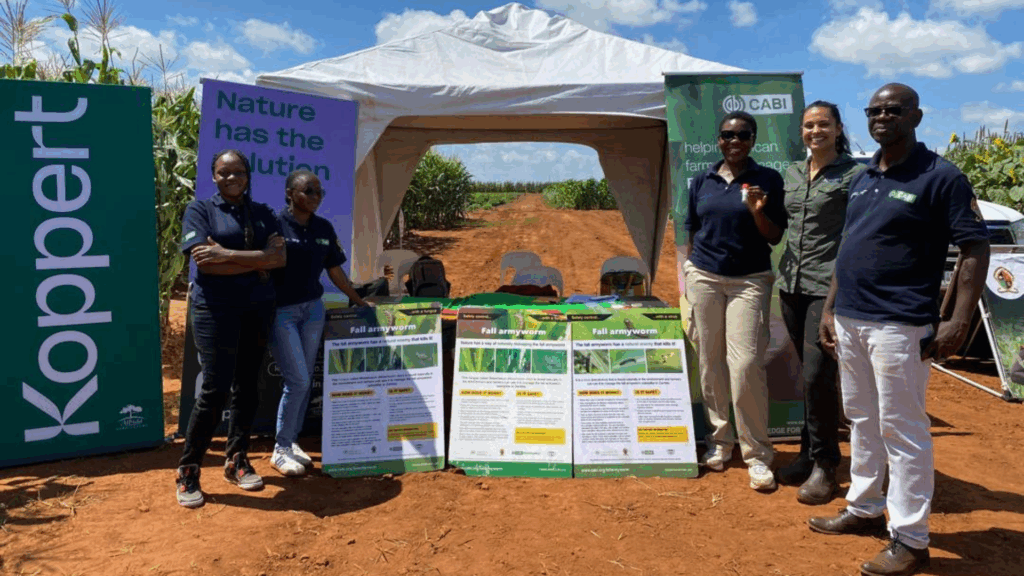Our most read blogs of 2024
As 2024 draws to a close, we’ve tallied the numbers to showcase the most popular articles on the Invasives Blog this year, along with a few favourites! This year’s most read blogs capture our collaborations with local communities and youth empowerment. We hope your favourites made it onto our most-read list! Take a look…
What makes invasive apple snail the worst invasive invertebrate of waterways?
This article was originally published on CABI Digital Library Overview: What is the invasive apple snail? The invasive apple snail is a large freshwater snail with a large variation in shell colour. This species is in the ‘top 100 worst invasive species’, and is possibly the most damaging aquatic snail, spreading via canals, rivers and…
5 invasive species to look out for in the US
The presence of invasive species poses a significant hazard to many native environments and species found in the United States (US). They lead to significant expenses in agriculture, forestry, and recreation. Once out of control, they can destroy entire ecosystems, causing environmental, social, and financial problems. In fact, their presence is costing the US up…
Invasives most read blogs 2023
As 2023 draws to a close, we have crunched the numbers and pulled together the most read blogs on the Invasives Blog this year. Plus some firm favourites. Invasive species like spotted lanternflies and Azolla proved to be popular topics for our readers this year. CABI’s approaches in fighting invasive species, through biological control, also grabbed readers’…
Dr Dick Shaw discusses the power of biocontrol
CABI has worked on invasive species for over 100 years, developing practical ways of tackling the biggest threats. Our scientists are world leaders in biocontrol research – an approach that uses invasive species’ natural enemies, like insects and fungi, to control their spread. In this blog, Dr Dick Shaw, CABI’s Senior Regional Director for Europe…
Spotted lanternflies are rampant in New York City but how do we stop them?
Across New York City, large marks and smears of red-like paint are lining the streets. They’re appearing throughout tourist hotspots like Times Square and Central Park. From roads to pavements, even within supermarkets. These marks are the remains of the spotted lanternfly (Lycorma delicatula).
Countering the spread of the Asian hornet in Europe
A potentially game-changing approach used by CABI scientists in Switzerland could help populations detect Asian hornet nests and destroy them
Invasive rats: A closer look at 4 species causing problems around the world
The invasion of non-native species is among the primary reasons for the destruction of plants and wildlife across the globe. Rats are considered one of the world’s most invasive species. Second only to humans in their ecological damage. In particular, for small islands, the presence of rats invariably leads to radically reduced populations or extinctions…










